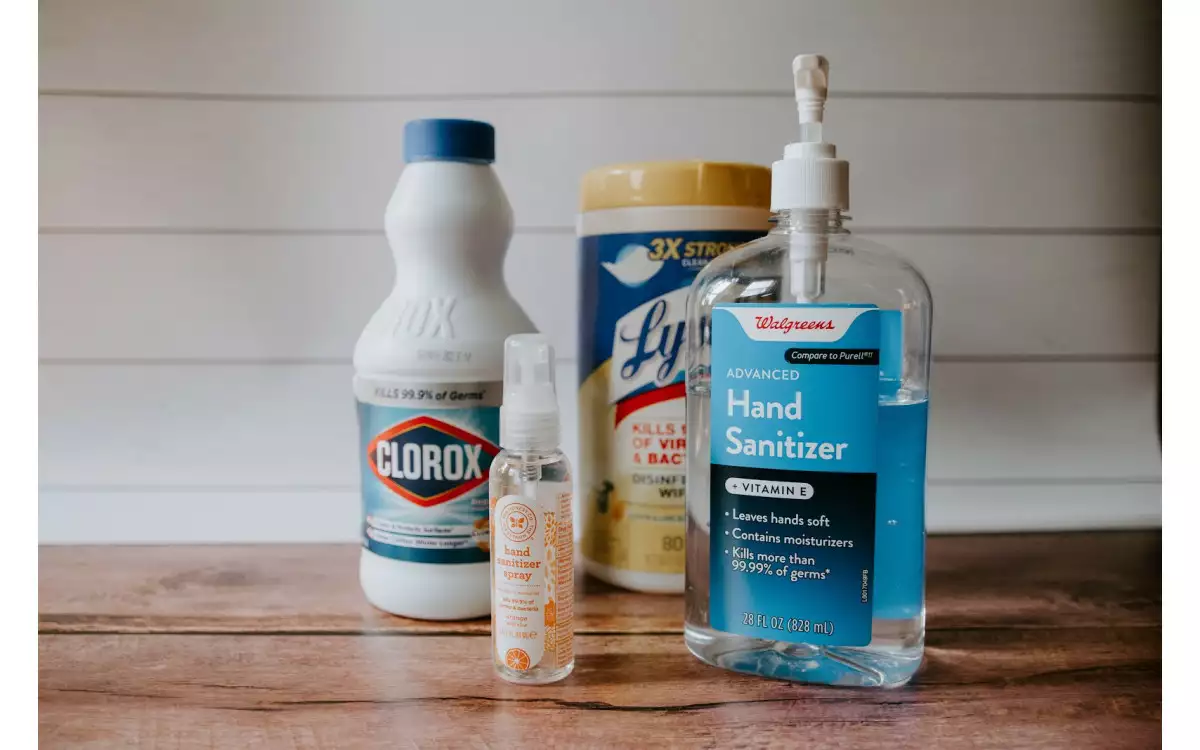As The United States continues its battle against the novel coronavirus or COVID-19, questions are flying on what returning to the workplace will look like. Even if the virus were to be eradicated, businesses will have to adapt to what the world looks like post pandemic.
Depending on your state, you might be returning to the office sooner rather than later. If you’re a CEO, building owner, or office manager, you know that the safety of your employees, coworkers, and tenants are of the utmost importance.
Here’s a few precautions you can take to help with your office opening on top of the guidelines your state puts into place.
Safe Office Layout
First, consider what your office setup looks like now and how that may need to change.
If you have people sharing office space or cubicles, try to find ways to get them further apart, allowing for at least six feet between desks. Giving six feet of space between individuals is a great way to fight the spread of the novel coronavirus. Tape out working spaces for your employees to help ensure everyone’s desks remain six feet apart.
Converting your office to an open office plan may be the best way to maintain social distancing. Try to make your workplace as flexible as possible so you can prepare for a variety of workplace situations in a safe way.
Rolling Desks
Investing in rolling desks is an excellent way to promote social distancing.Having desks that can be easily moved are key for having safe one on one and group meetings. Conference tables are crowded and can lead to the spread of germs. With rolling desks individual employees may reconfigure the office space to work with others in a safe, but productive way. This also allows each individual to always have their own personal desk space, minimizing how many people come into contact with a single surface at any given time.
Rolling Office Chairs
If you don’t have them already, purchase rolling office chairs for everyone in the office to assist in making your office a convertible space. (It’ll also save your floors from getting scuffed by people dragging their chairs around all the time!)
In addition, consider purchasing leather chairs. Leather office chairs are easier to sanitize, like this Allure Flexbody High Back Conference Chair. In addition, fabric chairs hold onto dust mites and other allergens even when wiped down, which may cause people to sneeze or cough more frequently, furthering risk of germs spreading in the office. Overall, purchasing leather chairs is the safest way to go.
Keep Your Office Germ Free
Create sanitation stations around the office. Make sure that each staff member is provided with a bottle of hand sanitizer on their desk.
In addition, put hand sanitizer in your bathrooms, outside elevators, and just inside all entrances to your building and office space. Encourage staff members to use hand sanitizer regularly so as to keep your office safe and clean.
Make sure there are also plenty of disinfecting wipes for staff to use on doorknobs and other commonly touched surfaces.
Many states have reopening guidelines that require more intense cleaning practices so be sure that you check your state government’s guidelines when making plans.
Change Your Schedules
Now that your office is set up with plenty of hand sanitizer and safe social distancing protocols, it’s time to think about how employees are going to return to work.
Many states have protocols that limit the amount of people that can be in an indoor space at any given time. This may mean that your whole office may not be able to be in the office at the same time. Either way, consider enforcing rotating schedules.
Zoom In
Have each member of your office work from home two days a week, and work in the office the other three days. This will allow for less people and will make social distancing and cleaning far easier to control.
Employees can still join a meeting via Zoom if they are working from home, making it feel like you are all in the office together without the threat of spreading the coronavirus more rapidly.
Lead By Example
Finally, the most important part of returning to the office and keeping your staff safe during the coronavirus is to lead by example.
If people see a person in a leadership position consistently cleaning their workspace, wiping down hard surfaces they touch, washing their hands, and putting six feet between each other, they are far more likely to stick to the guidelines themselves.
Make sure to make space to field your employees' concerns as you return. Listening to your team creates an excellent office culture and will ensure your team feels confident returning to work for you.
Remember that your office is a team and you’re taking down COVID-19 together.





